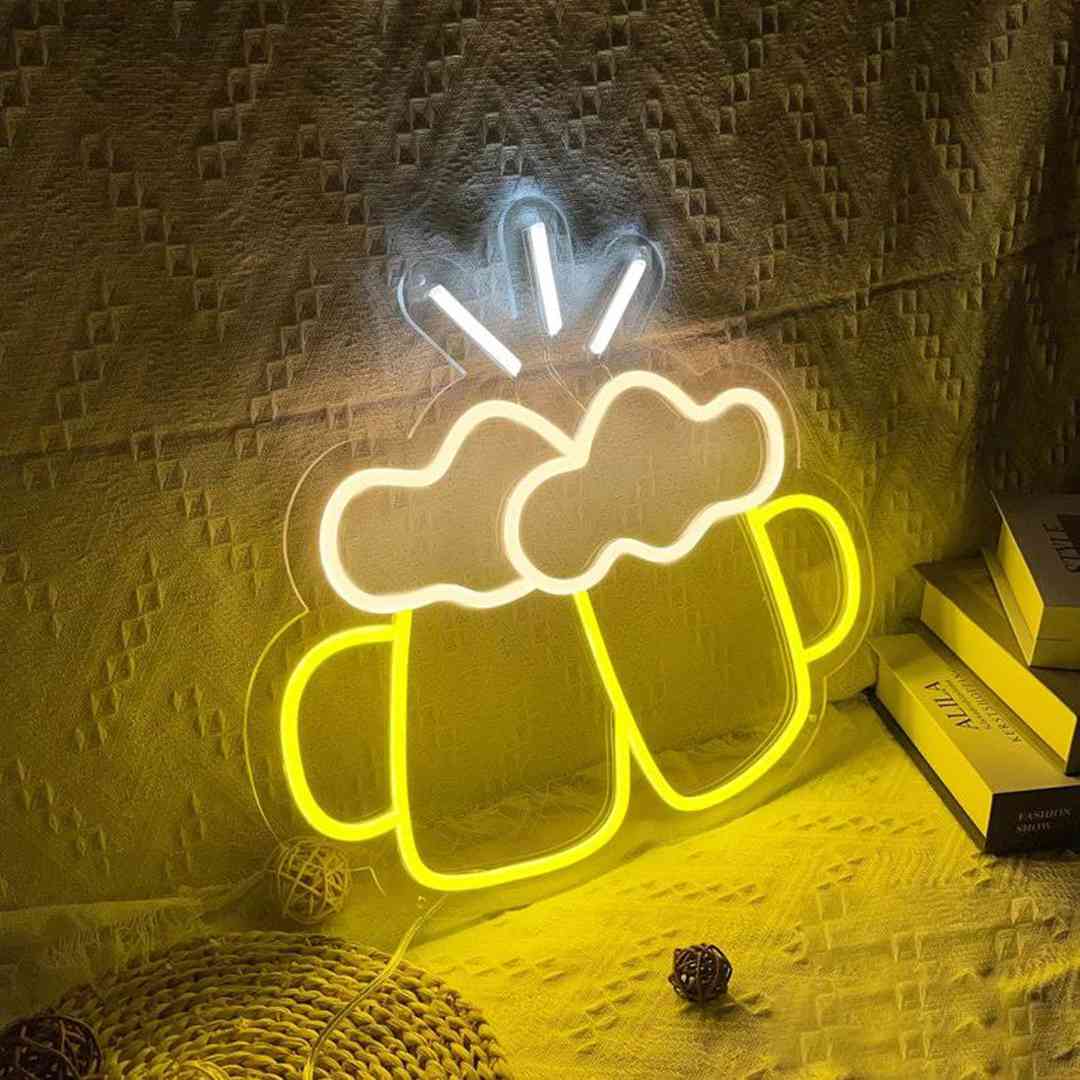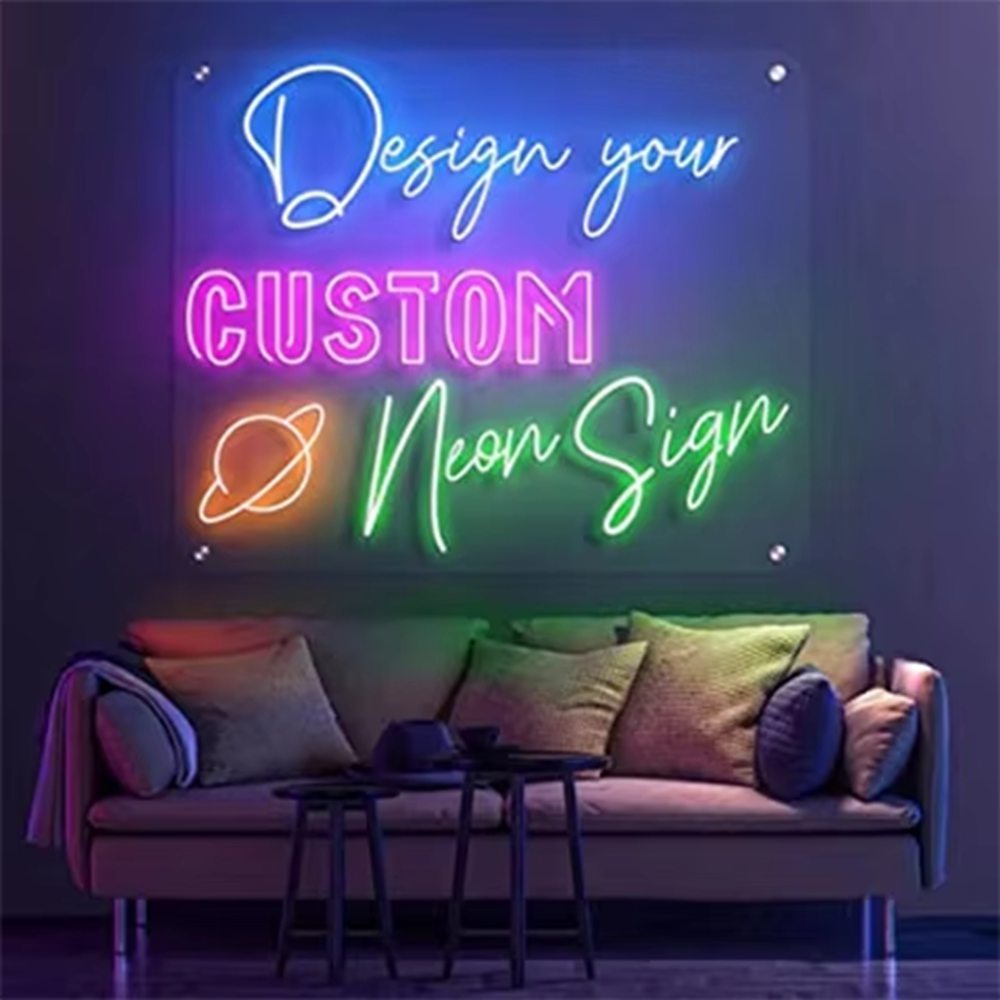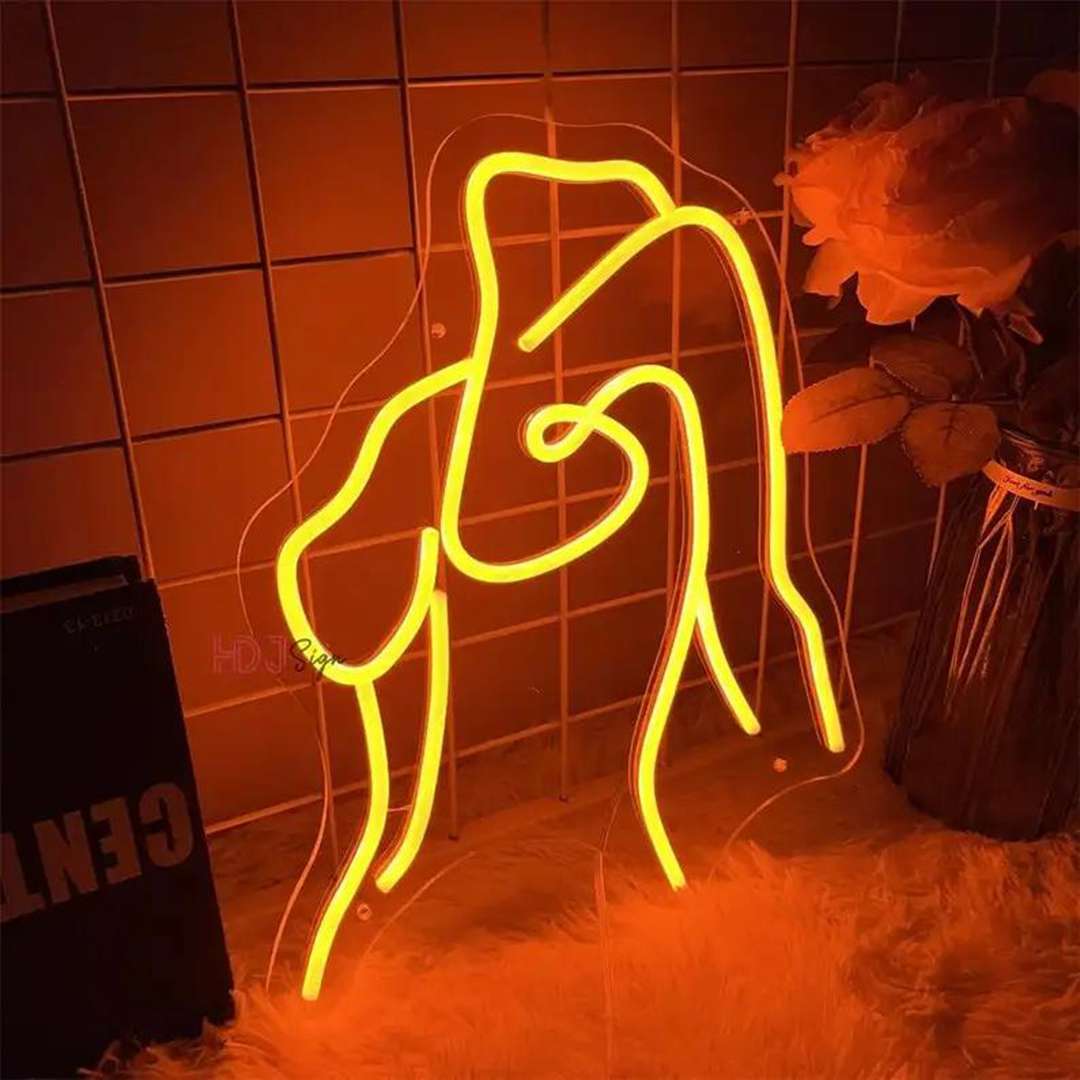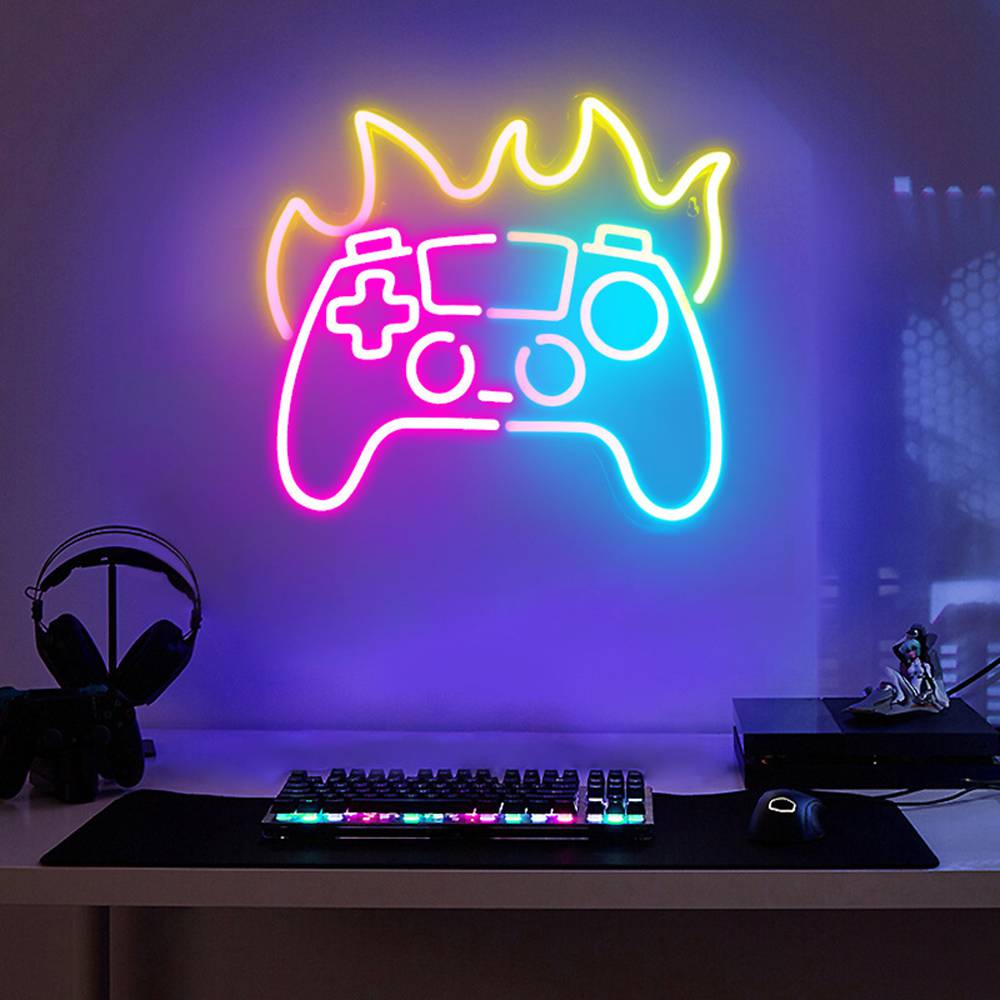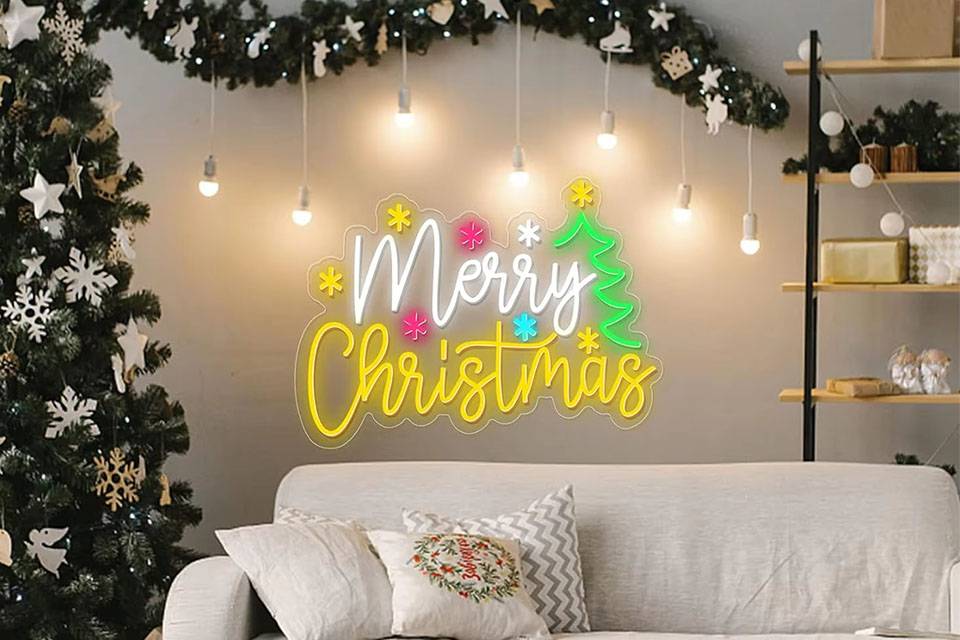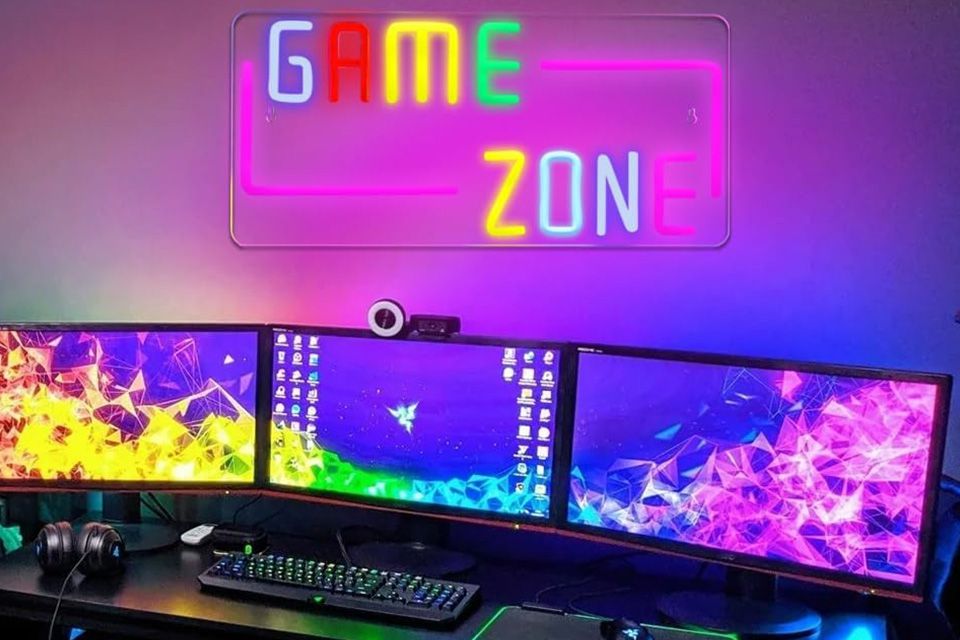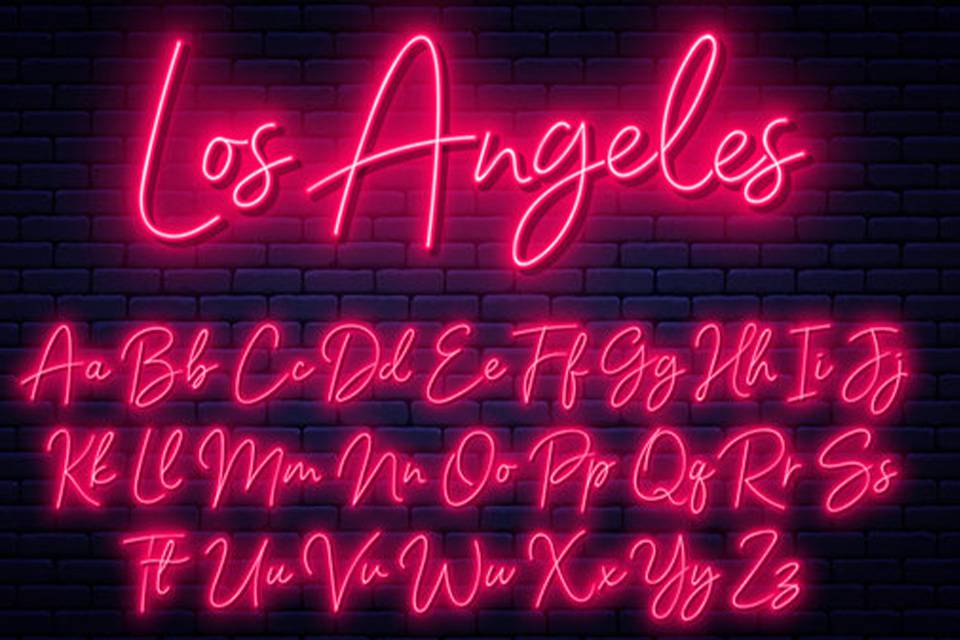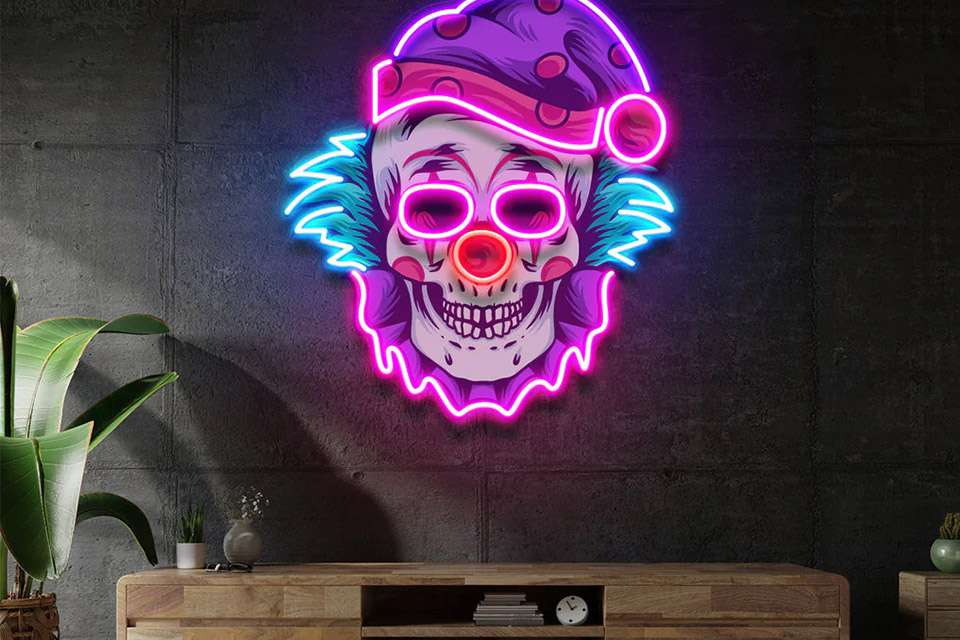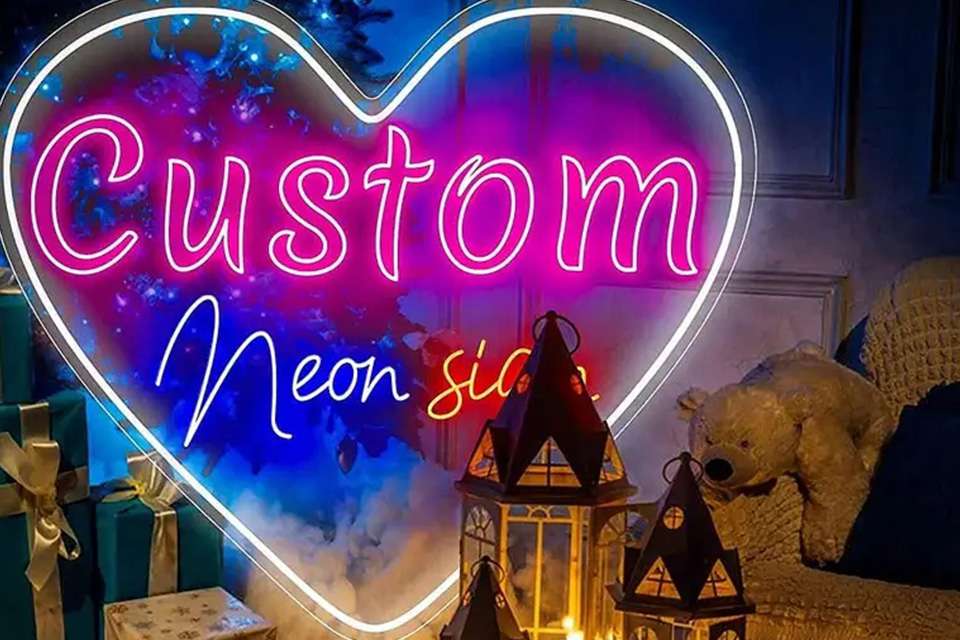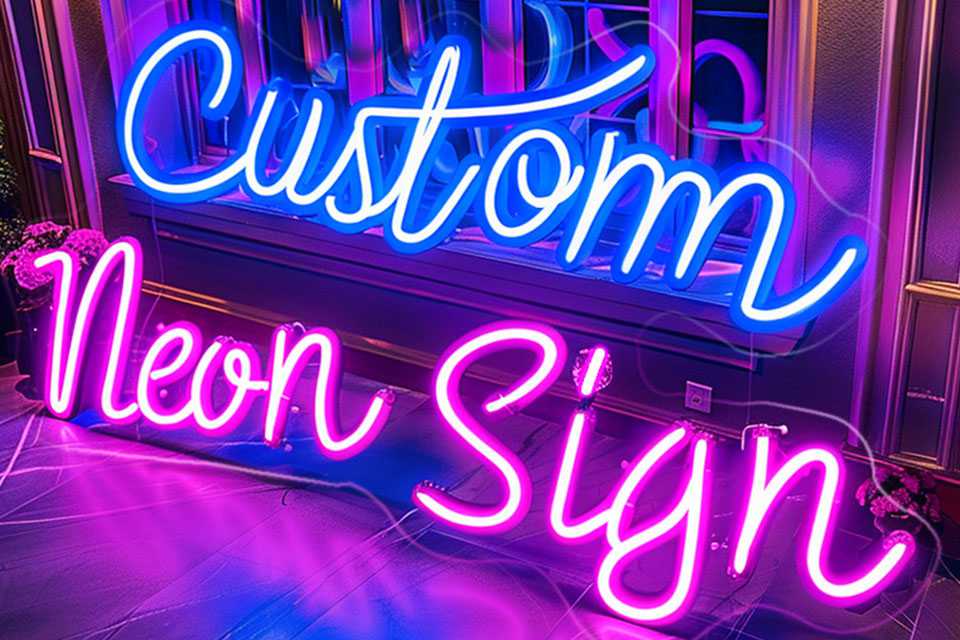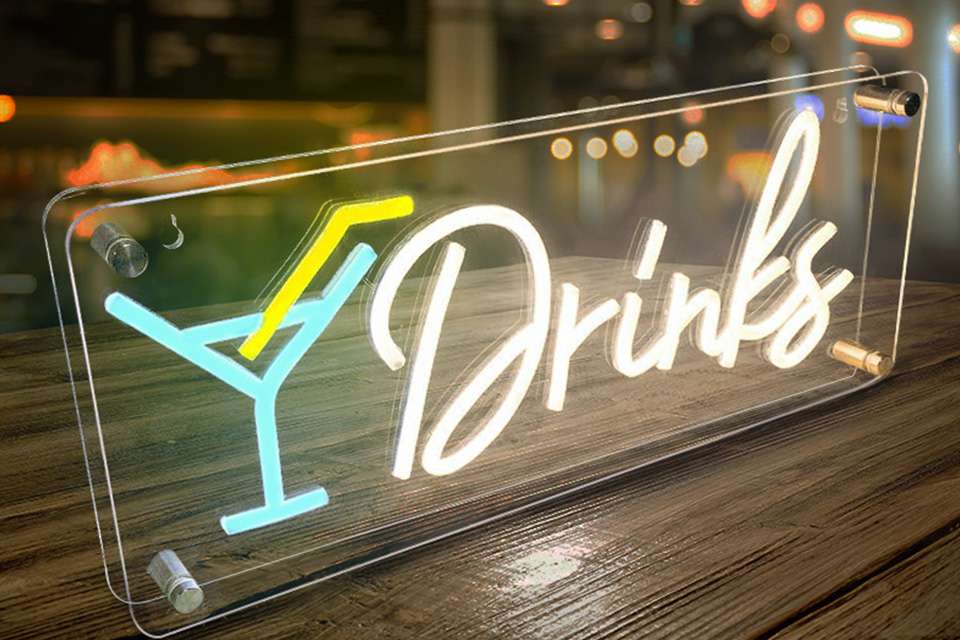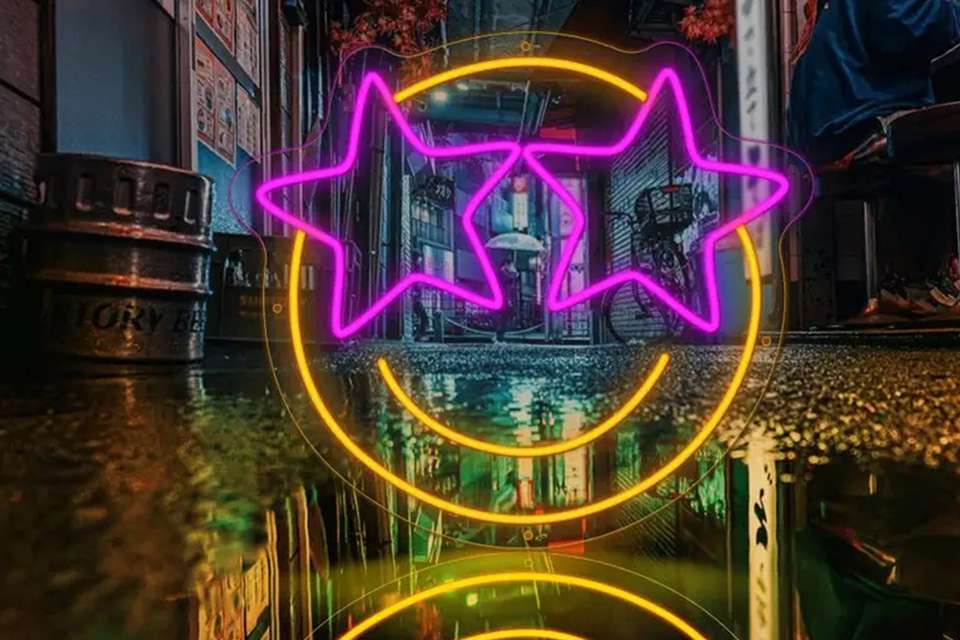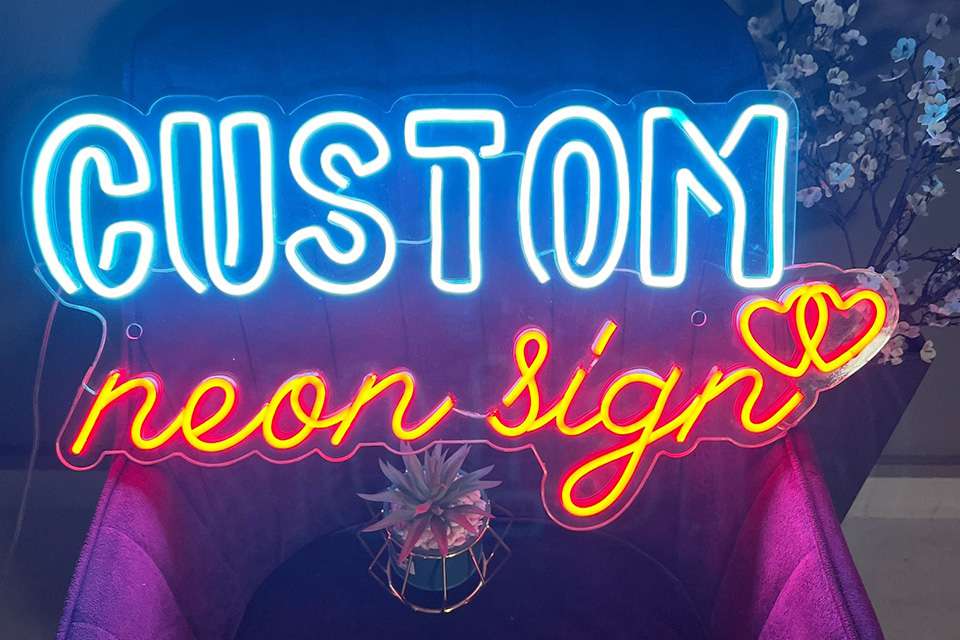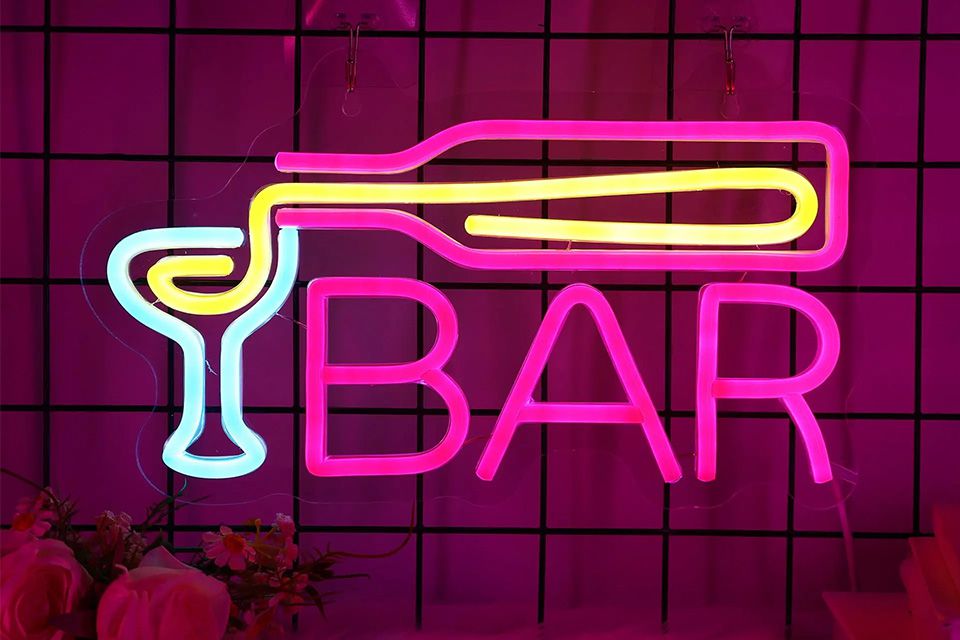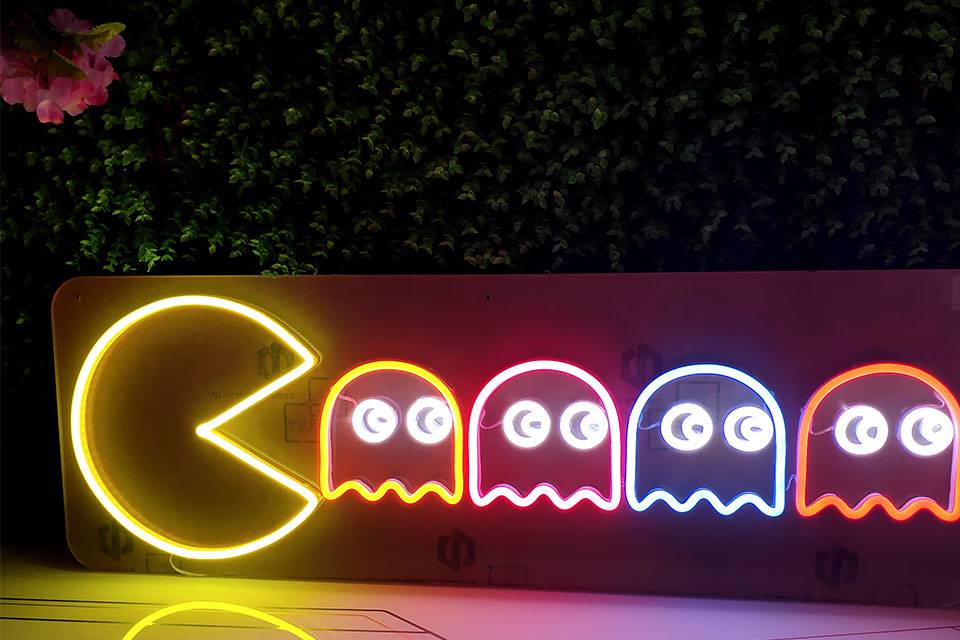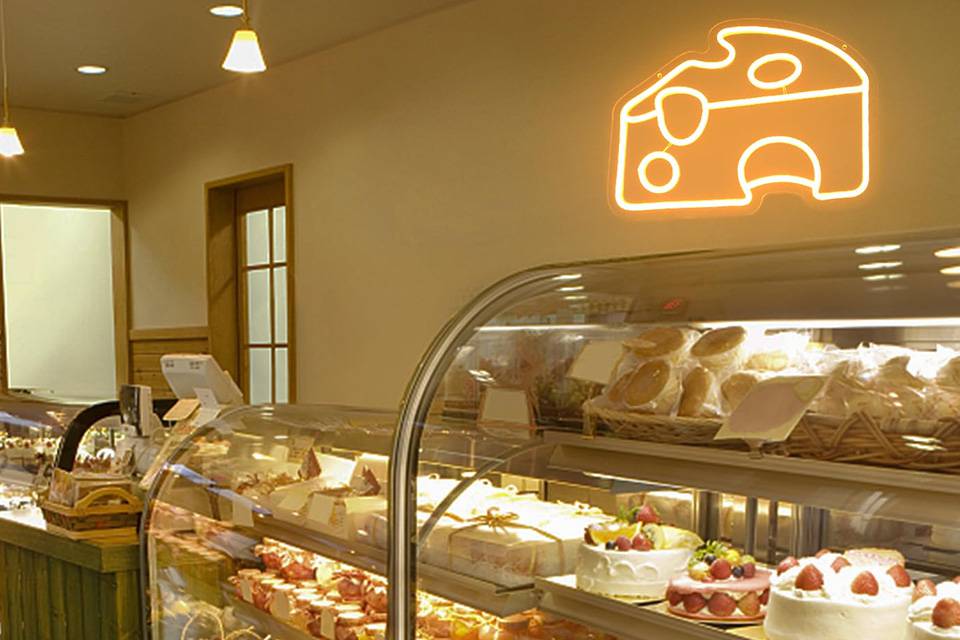
Sinal de néon DIY: do principiante ao profissional, faça o seu próprio sinal
Índice
This article is a comprehensive tutorial for creating your own DIY neon sign, guiding you from beginner to pro. We’ll explore different methods, focusing on using LED strip lights for a safe and accessible approach. Learn how to design, shape, and assemble your sinal de néon to add a personalized touch to your decoração. This guide is worth reading because it empowers you to make your own neon sign using readily available materials and tools, transforming your creative vision into a luminous reality, all without the complexities of traditional glass néon. It is a perfect way to make unique home decoration.
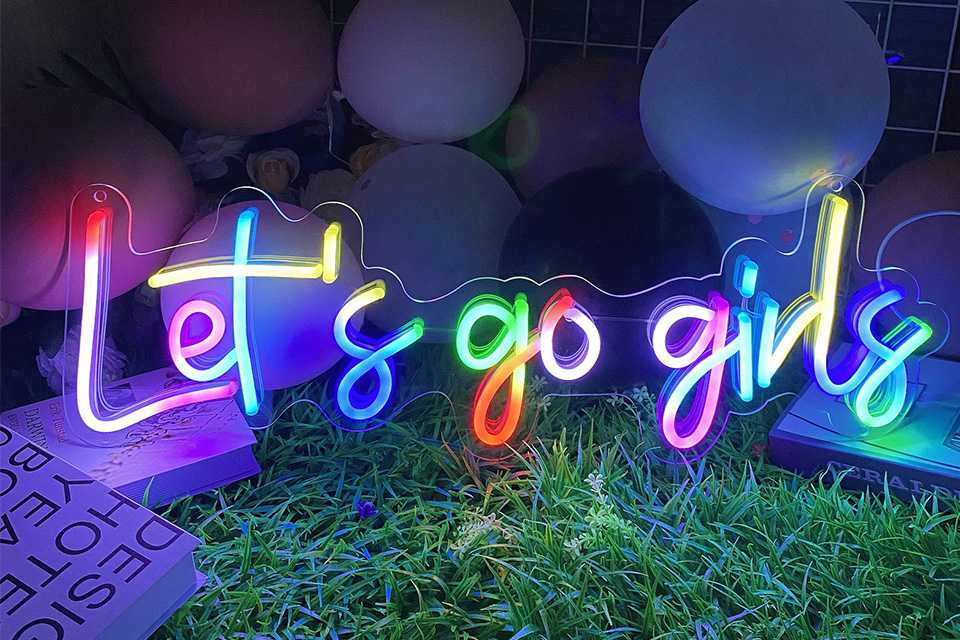
Introduction: Why Make a DIY Neon Sign?
Creating your own sinal de néon offers a unique opportunity to personalize your space with a custom piece of illuminated art. Sinais de néon DIY allow you to express your creativity, whether you’re crafting a motivational quote for your office, a playful design for a kid’s room, or a stylish statement piece for your living room. Make neon signs at home is a great way to add a unique touch to your home décor.
Unlike actual neon signs that use glass tubes filled with gas and require specialized skills and equipment, DIY neon sign methods, especially those using LED strips, are much more accessible to the average person. These methods allow you to achieve a similar aesthetic without the high cost, fragility, and safety concerns associated with traditional glass néon. This is why diy led neon sign is becoming more and more popular.
Step 1: Design and Sketch Your Neon Sign
The first step para creating your own neon sign is to come up with a design. You can search online for inspiration, browse sinais de néon personalizados, ou create a design from scratch. Consider the message, the font, and the overall aesthetic you want to achieve. The design can be simple or complex, depending on your skill level and the desired effect. Keep in mind that led strip is easier to work with for simpler designs.
Once you have a general idea, sketch your design on paper. This will serve as a template for shaping your neon strip. You can draw the sketch freehand or use a computer program to create a more precise design. If you’re using text, you can print out the text in your chosen font and use that as a guide. When you have your design ready, you can proceed to the next step.
Step 2: Gather Your Materials and Tools
Now it’s time to gather your materials. For a DIY neon sign utilizando LED strip lights, you’ll need the following:
- LED strip lights or neon flex: Choose a color and luminosidade that suits your design. Flexible led strips are recommended.
- Backing material: Acrylic sheet or a sturdy poster board are good options.
- Wire: For connecting the LED strip to the fonte de alimentação.
- Power supply: Make sure it’s compatible with your LED strip‘s voltage.
- Solder and soldering iron: For making electrical connections.
- Wire strippers and cutters.
- Glue: Hot glue or strong adhesive.
- Optional: Regulador de fluxo luminoso switch, plastic wire clips, zip ties.
You may also need tools for shaping and cutting the backing material, such as a jigsaw or a craft knife, depending on the material you choose. If you are using an acrílico backing, you may need some specialized tools. Having the right tools on hand will make the process smoother. You can buy a pre-made diy neon sign kit, which will make things a bit easier.
Step 3: Prepare the Backing for Your Neon Sign
The next step is to prepare the backing for your sinal de néon. If you’re using an acrylic sheet, you’ll need to cut the outline of your design. You can trace your design onto the acrílico and use a jigsaw to carefully cut it out. If you are a more experienced craftsman, you can use more advanced tools.
If you’re using a poster board, you can trace and cut the design using a craft knife. Make sure the backing is sturdy enough to support the LED strip and maintain the shape of your design. You may want to reinforce the poster board with additional layers or a frame for added stability. Also, make sure that your backing is big enough for your design.
Step 4: Shaping the LED Strip or EL Wire
With the backing ready, it’s time to start shaping your LED strip ou el wire. If you are using el wire, you will need to be a bit more careful. If you’re using flexible LED neon flex, carefully bend and shape the strip to match your design. LED strip lights are generally easier to work with than el wire because they are more flexible and less prone to kinking. You can use shaping wire to create more intricate designs.
You may need to cut the strip into different lengths to fit the various parts of your design. Always cut the LED strip at the designated cut points, which are usually marked on the strip itself. Cutting elsewhere can damage the strip and prevent it from working. If you are using el wire, you need to be careful not to cut it in the wrong place.
| Material | Descrição | Prós | Contras |
|---|---|---|---|
| Fita LED | Flexible strips with embedded LEDs | Easy to shape, bright, energy-efficient, durable | Can be more expensive than EL wire |
| EL Wire | Thin, flexible wire coated with phosphor | More affordable, comes in various colors, consumes less power | Less bright, can be more fragile, requires an inverter |
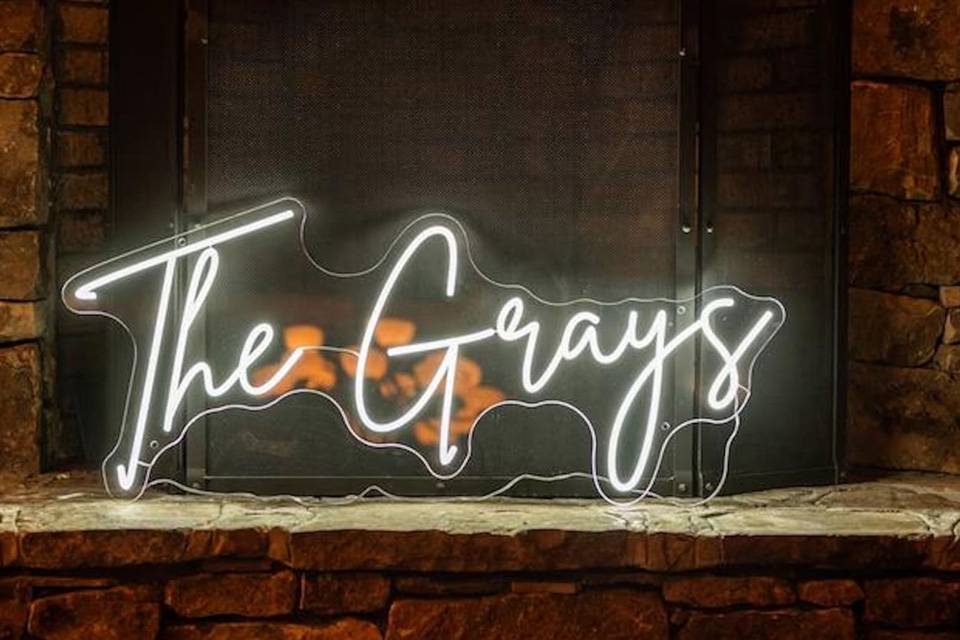
Step 5: Attaching the LED Strip or EL Wire to the Backing
Once you have shaped your LED strip ou el wire, it’s time to attach it to the backing. You can use hot glue, strong adhesive, or plastic wire clips para fasten a strip to the backing. If you are using hot glue, be careful not to burn yourself or damage the strip. Start by attaching one end of the strip to the starting point of your design on the backing.
Slowly and carefully work your way along the design, gluing or fastening the strip to the backing as you go. Make sure the strip is securely attached and follows the lines of your design. You can use zip ties to hold the strip in place while the glue dries. This is a crucial step to make your sign look like a real sinal de néon.
Step 6: Wiring and Soldering the Connections
Now it’s time to connect the LED strip segments and wire them to the fonte de alimentação. If you’re using a single-color LED strip, this usually involves connecting the positive and negative wires of each segment together. You can do this by soldering the wires directly or using connectors. If you are not comfortable with soldering, you can ask someone who is more experienced to do it for you.
If you’re using an RGB LED strip, you’ll need to connect the corresponding wires for red, green, blue, and common. Once the segments are connected, you’ll need to connect the main wires to the fonte de alimentação, matching the polarity correctly. It is always important to match the polarity correctly. Be sure to follow the instructions that come with your LED strip e fonte de alimentação. You may also want to add a regulador de intensidade switch to control the luminosidade do seu sinal de néon.
Step 7: Testing Your DIY Neon Sign
Before you finalize the installation, it’s crucial to test your DIY neon sign. Connect the fonte de alimentação to an electrical outlet and turn on the sinal. Check that all the LEDs are illuminating correctly and that the colors are as expected. This is also the time to test your regulador de intensidade switch if you have installed one. If you notice any issues, such as flickering luzes or sections not lighting up, double-check your wiring and connections.
It is much easier to fix any problems at this stage than after the sinal is fully assembled and mounted. If everything is working correctly, you can proceed to the final step. Be sure to test your sign thoroughly before proceeding.
Step 8: Final Touches and Mounting Your Neon Sign
With your DIY neon sign tested and working, it’s time to add the finishing touches and mount it. You may want to add a frame or a backing to conceal the wiring and give your sinal a more polished look. Also, consider using some silicone to make it look more professional. You can also personalizar your sign further by adding decorative elements or painting the backing.
To mount your sinal de néon, you can use screws, hooks, or adhesive strips, depending on the size and weight of the sinal and the type of wall you’re mounting it on. Make sure the sinal is securely mounted to prevent it from falling and getting damaged. Once your sinal is mounted, step back and admire your handiwork. You can also add a luz néon to make it look even better.
Alternative Methods for Creating a DIY Neon Sign
Besides using LED strips, there are other methods for creating a DIY neon sign. One popular alternative is using electroluminescent wire (EL wire). EL wire is a thin, flexible wire coated with phosphor that emits light when an alternating current is applied to it. It’s available in various colors and is relatively inexpensive. However, EL wire is typically not as bright as LED strips and requires an inverter to operate.
Another method involves using rope lights or Luzes de néon LED tubes. These are similar to LED strips but are encased in a flexible, diffused tubo that creates a more continuous line of light, more closely resembling actual neon. These options offer different aesthetics and may be more suitable for certain designs. You can also use diy led strips to create a unique look.
Frequently Asked Questions about DIY Neon Signs
Q: Can I make a DIY neon sign without soldering?
A: Yes, there are solderless connectors available for LED strips that allow you to make connections without soldering. You can also use EL wire, which typically comes with a battery pack and doesn’t require soldering.
Q: How long do DIY neon signs last?
A: The lifespan of a DIY neon sign depende do tipo de iluminação used. LED strip lights typically last for up to 50,000 hours, while EL wire may last for a few thousand hours.
Q: Are DIY neon signs safe?
A: Sinais de néon DIY utilizando LED strips ou EL wire are generally safe because they operate at low voltages and generate minimal heat. However, it’s important to follow safety precautions when working with electricity and to use quality materials.
Q: Can I use a DIY neon sign outdoors?
A: It depends on the materials used. Some LED strips e EL wire are rated for outdoor use, but you need to make sure that all connections are properly sealed and that the fonte de alimentação is weatherproof.
Q: How much does it cost to make a DIY neon sign?
A: The cost of a DIY neon sign can vary greatly depending on the size, materials, and complexity of the design. A simple sinal utilizando LED strips can cost as little as $20-$50, while a more elaborate sinal with a custom backing and multiple colors can cost $100 or more.

Resumo
Here are 10 key takeaways about making your own DIY neon sign:
- Sinais de néon DIY offer a cost-effective and customizable way to create personalized illuminated decoração.
- LED strip lights are a popular and accessible choice for Sinais de néon DIY, offering flexibility, brightness, and energy efficiency.
- Designing and sketching your sinal de néon is the first step, followed by gathering materials and tools.
- Preparing a sturdy backing, such as acrílico ou poster board, is essential for supporting the LED strip.
- Shaping the LED strip ou EL wire to match your design requires patience and careful handling.
- Attaching the LED strip to the backing can be done using hot glue, adhesive, or plastic wire clips.
- Wiring and soldering the connections require basic electrical knowledge and safety precautions.
- Testing your DIY neon sign before final assembly is crucial to identify and fix any issues.
- Alternative methods for creating Sinais de néon DIY include using EL wire, rope lights, or LED neon flex tubes.
- Sinais de néon DIY can be a fun and rewarding project, allowing you to create unique and personalized illuminated art for your home or business.


